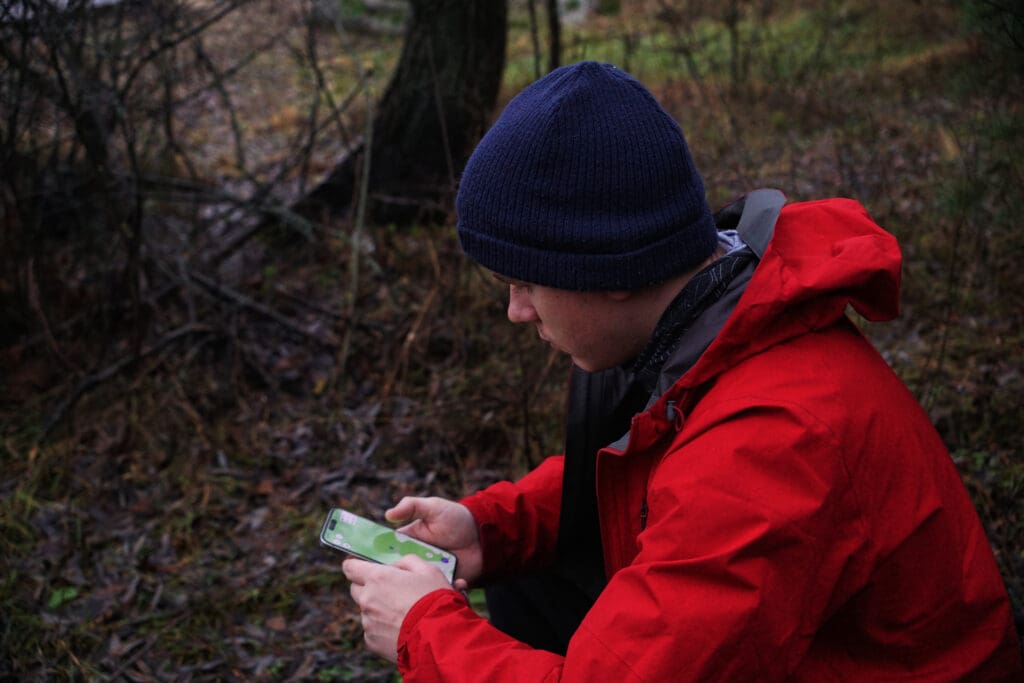Start with a Well-Refined Product Backlog
The foundation of a successful sprint lies in a well-maintained product backlog. Before diving into sprint planning, the product owner, scrum master, and development team must work together to ensure that the items in the backlog are properly refined. This includes breaking down large user stories into smaller, manageable tasks, ensuring that each item is prioritized, and eliminating any ambiguity or uncertainty.
Collaborative Sprint Planning
Sprint planning is a crucial event in Scrum where the team comes together to discuss and agree upon the items they will tackle during the upcoming sprint. During this session, it’s essential to facilitate open communication and collaboration. Encourage the team to ask questions, clarify doubts, and share their insights. This ensures that everyone has a clear understanding of each backlog item and the expected outcomes.
User Stories and Acceptance Criteria
User stories serve as a bridge between end-users and the development team. They provide context by outlining the user’s goal and the value delivered. To detail these user stories appropriately, focus on creating clear acceptance criteria. These criteria define the conditions that must be met for a story to be considered complete. Well-defined acceptance criteria help the team understand the scope and avoid misunderstandings.
Decompose into Tasks
Once user stories and acceptance criteria are established, it’s time to break down each story into actionable tasks. Tasks are the building blocks that guide the team’s work. These tasks should be specific, achievable, and manageable within the sprint’s time frame. Encourage the team to think about the technical aspects, design, implementation, testing, and any other relevant steps.
Estimate Effort
Effort estimation helps the team gauge how much work is involved in each task and allows for better planning. Popular methods like Planning Poker or t-shirt sizing can be employed to assign relative estimates to each task. This aids in allocating work to team members based on their capacity and expertise.
Leverage Task Boards
A visual representation of tasks on a task board, such as a Scrum or Kanban board, can greatly enhance transparency and organization. Task boards help the team track the progress of tasks, identify bottlenecks, and ensure a smooth flow of work throughout the sprint. As tasks move from “To Do” to “In Progress” and finally to “Done,” the entire team gains a clear view of the sprint’s status.
Adaptability and Flexibility
While detailing backlog items is crucial, it’s equally important to remain adaptable. During the sprint, new insights or changes might arise. The team should be open to adjusting tasks or even adding new ones if it contributes to delivering greater value.
Regular Standups and Communication
Daily standup meetings provide an opportunity for the team to discuss progress, challenges, and any necessary adjustments. If a task is taking longer than anticipated or if there are unexpected obstacles, the team can collectively brainstorm solutions and redistribute work if needed.
Detailing backlog items is not a one-size-fits-all process; it’s an art that evolves over time with practice and continuous improvement. A successful sprint hinges on a collaborative approach, clear communication, and a shared understanding of each backlog item’s purpose and scope. By following these steps and fostering a culture of open dialogue, your Scrum team can master the art of detailing backlog items and consistently deliver value-packed sprints.




